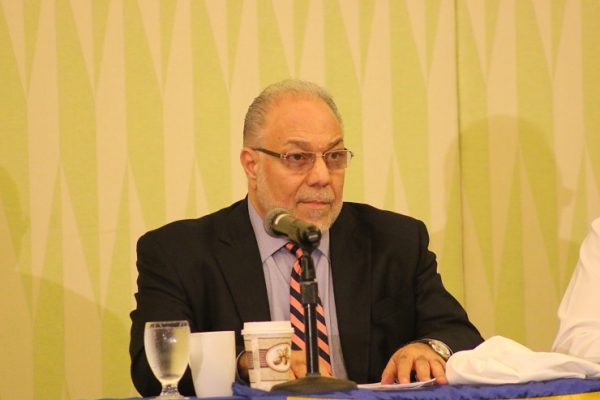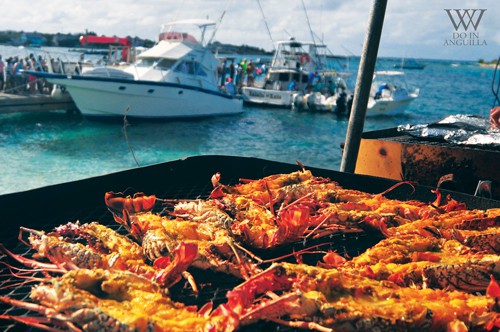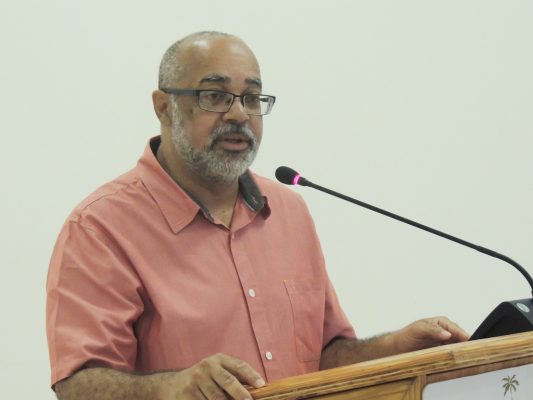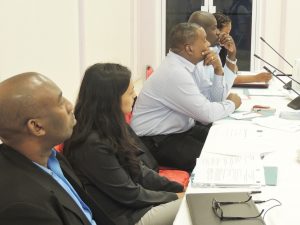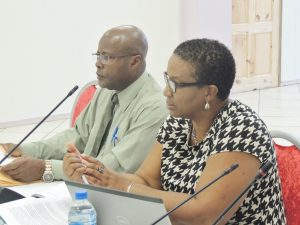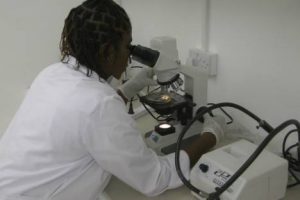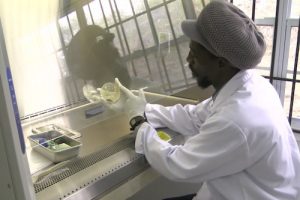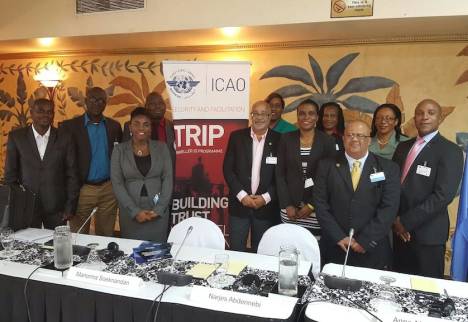By Dr Neals J. Chitan
Published on March 29, 2017
As a young boy growing up in Grenada, one of my favorite things to do was putting jigsaw puzzles together. However, the most frustrating thing for me was trying to fit 500 pieces together without the picture on the box. Without knowing what picture should emerge the task is longer, harder and most tedious.
 |
|
Dr Neals J. Chitan holds a doctorate in Social and Behavioral Sciences and is the Grenadian-born president of Motiv-8 For Change International — a Toronto based High Impact Social Skill Agency that is specially dedicated to the social empowerment of individuals, families and communities
|
Without a clear picture of what it should finally look like, I have tried to fit pieces in areas where they did not belong, even squeezing them into places where they weren’t cut to fit, only to end up with a distorted picture.
Similarly, when it comes to solving the debilitating social disease of homicides, governments must have a clear picture of the results they hope to achieve, thus teaming up the right pieces to get the desired results.
Here is where I must congratulate the vision and efforts of the government of St Kitts and Nevis to piece together a method for sustainable crime reduction, in an effort to combat the rising tide of murder that plagued the Federation in recent years.
According to statements released by Prime Minister Timothy Harris in his cabinet press conference and verified by Police Commissioner Ian Queeley in his press conference, for the first quarter of 2017, the Federation of St Kitts and Nevis has seen a significant reduction in homicides as compared to the recent previous years.
And so, the question comes to mind, “What right pieces have the prime minister and his ministry of national security put together to achieve this result in the first quarter of 2017?”
As an international social skill consultant and crime reduction specialist, I sat in the prime minister’s February cabinet press conference, with ears perked to hear his announcements and plans for the reduction of crime, with emphasis on murder, and I left satisfied that the right pieces were fitted together.
In his presentation, Prime Minister Harris who is also minister of national security, outlined a plan that included:
• Better border surveillance
• Enhanced police training and presence, including the RSS
• Community digital monitoring and lighting
• Enhance forensic training with the contracting of forensic specialist Narace Ramnarine
• Finally, the three months contracting of Dr Neals Chitan, an international social skill consultant and crime reduction specialist.
As I looked on as the plan unfolded, I saw how it fits perfectly into the St Christopher and Nevis Police six point plan and realized that these pieces fitted together and executed well can bring the social change the government is seeking and the people of the Federation deserves.
Although by then, in February, I was already delivering our powerful high impact crime reduction “Project STOP ‘n’ THINK” concepts and sessions in all eight high schools in the Federation, primary schools, prisons, parent associations, communities, churches and sport clubs, I left the prime minister’s presentation even more convinced that, working together, the reduced murder rate we have seen in the first quarter of 2017 was inevitable.
In 2016, as I sat at my desk in Toronto and saw the murder rate in St Kitts and Nevis on the incline to surpass that of 2015, I sent a proposal to Permanent Secretary Osmond Petty advising him of the crucial need to get to the heart of at-risk youth and young adults. I further suggested the need for concepts and strategies that will socially message, inspire and challenge them towards success in their personal lives, while helping them to consider the consequence of their impulsive and emotional decisions that can deliver bitter lifelong regrets.
There is no doubt that the last ten weeks of mixing, mingling and inspiring the masses in St Kitts and Nevis were extremely busy and hectic for me, sometimes doing up to six full length sessions a day, plus meeting with parents seeking help with their rebellious children at nights. However, I must say that we have sown seeds of; respect, good decisions, impulse control and personal success that must be watered and nurtured if we hope to continue that decline in murder and other crimes for the rest of 2017, and I am totally committed to making sure that these seed grow and bear fruits.
The unforgettable friendships, acceptance and trust I have experienced in St Kitts and Nevis range from primary school children to professionals and it is so evident as my wife Patsy and I drive the miles of roadway across the Federation and hear little children, youth and adults shouting us out as we pass, sometimes shouting “STOP and THINK”.
This three-month ‘Project STOP ‘n’ THINK” contract culminates in two spectacular national graduations and rallies in both St Kitts and Nevis. Over 3,000 students and community youth wearing our “Always STOP and THINK before you PROCEED” tee-shirts will parade through the streets of Basseterre and Charlestown on April 4 and 6, as they affirm their decisions to STOP and THINK and reduce crime in St Kitts and Nevis.
It was most definitely my pleasure to be an integral part of this history-making process and I look forward to discussing and negotiating with the ministry of national security as to how to continue and sustain this incredible impact.
Truly, we have gotten to the hearts of the nation’s youth and again, I must proclaim that the government has put the right pieces of the puzzle together.
Read More...


